Electrical asset management and smart grid solutions company EA Technology has emphasised the critical role of data insights in guiding distribution network investments as power grids become more complex with the rise of renewable energy and distributed energy resources (DER) like rooftop solar panels and home batteries.
The United Kingdom-headquartered company, that focuses on low voltage and medium voltage management, said the growth in DER connections in Australia’s energy grid is having a significant impact on networks and the power system, particularly in the ability of distributed network service providers (DNSPs) to manage voltage disturbances.
Figures provided by the Australian Energy Regulator show that 10% of all electricity delivered by DNSPs was sourced from export customers in 2023–24 and during that same timeframe 27% of all network customers used export services, up from 25% in the previous year.
EA Technology Chief Commercial Officer Mark Sprawson said DER is creating a challenge for traditional networks that were not designed for the two-way flow of power, but noted they also offer benefits.
“Managing these assets is a challenge but they are coming with the solution,” he said. “They all have the inherent flexibility within them.”
“The question is, how do we use the flexibility of these assets to utilise the network to the last drop before we invest money on upgrading it?”
Sprawson said leveraging technology and network data allows utilities to remotely manage and coordinate distribution components in real time, helping to unlock latent transmission capacity by alleviating congestion, effectively operating as a non-wires alternative to traditional upgrades.
“DNSPs are under significant pressure to allocate extra expenditure to modernise their networks and make them more resilient,” he said, noting that by utilising smart network data they can enhance operational efficiency, streamline connection planning, and optimise asset management.
“Australian DNSPs have recognised the importance of distributed energy resources and the growth of electrification. With proactive maintenance strategies driven by smart data insights, they can avoid being penalised when a disruption of supply occurs.”
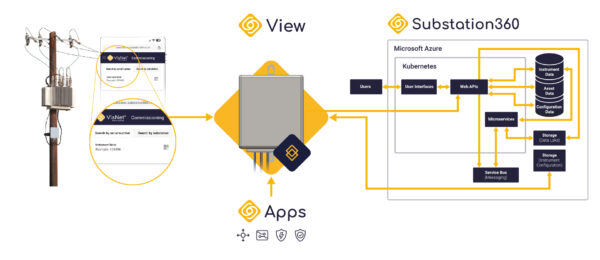
Sprawson said leveraging smart network data has delivered significant benefits for network operators in the UK.
“In the UK, by using this granular data, we’ve seen improvement of around 22% in terms of network utilisation,” he said. “So that’s like 20% of extra EV chargers that could be added or extra PV generation that could be injected into the network.”
EA Technology estimates distributed network utilisation in Australia is as low as 50%, apart from during evening peak demand periods. With the right combination of demand-side participation and tariff design and solving the minimum demand and maximum demand issues, the company suggests it would be possible to utilise 80% of existing network capacity.
“That’s where this monitoring of the edge comes in,” Sprawson said. “You’re providing information that enables DNSPs to drive operational planning, asset management, connections-based decisions. Then they can make decisions on what they do as far as investment is concerned.”
EA Technology is already working with multiple DNSPs in Australia and will later this year add a new addition to its arsenal of smart grid solutions with the VisNet View set to be trialled both here and in the UK.
A pole-mounted monitoring device, the View builds on the company’s VisNet Hub platform and offers a lightweight solution for widespread deployment on Australia’s more than one million kilometres of overhead network.
The company said the platform offers real-time monitoring and pre-fault detection, along with advanced grid modelling tools and automation of network connection requests.
“VisNet View offers a cost-effective, flexible solution for enhancing grid-edge visibility and resilience and this is exactly what the market and regulators are calling for,” EA Technology Australia Managing Director Neil Davies said.
Key features include a ‘last gasp’ function that transmits final data and triggers an alert if a pole is displaced during an outage, 4G connectivity for remote monitoring, and wireless commissioning, enabling simple, safe, single-person installation from the ground.
The View works in combination with EA Technology’s VisNet Apps solutions that provide data insights and grid edge intelligence, and the company’s DetectPro user interface that enables DNSPs to identify and act on network issues quickly.
This content is protected by copyright and may not be reused. If you want to cooperate with us and would like to reuse some of our content, please contact: editors@pv-magazine.com.
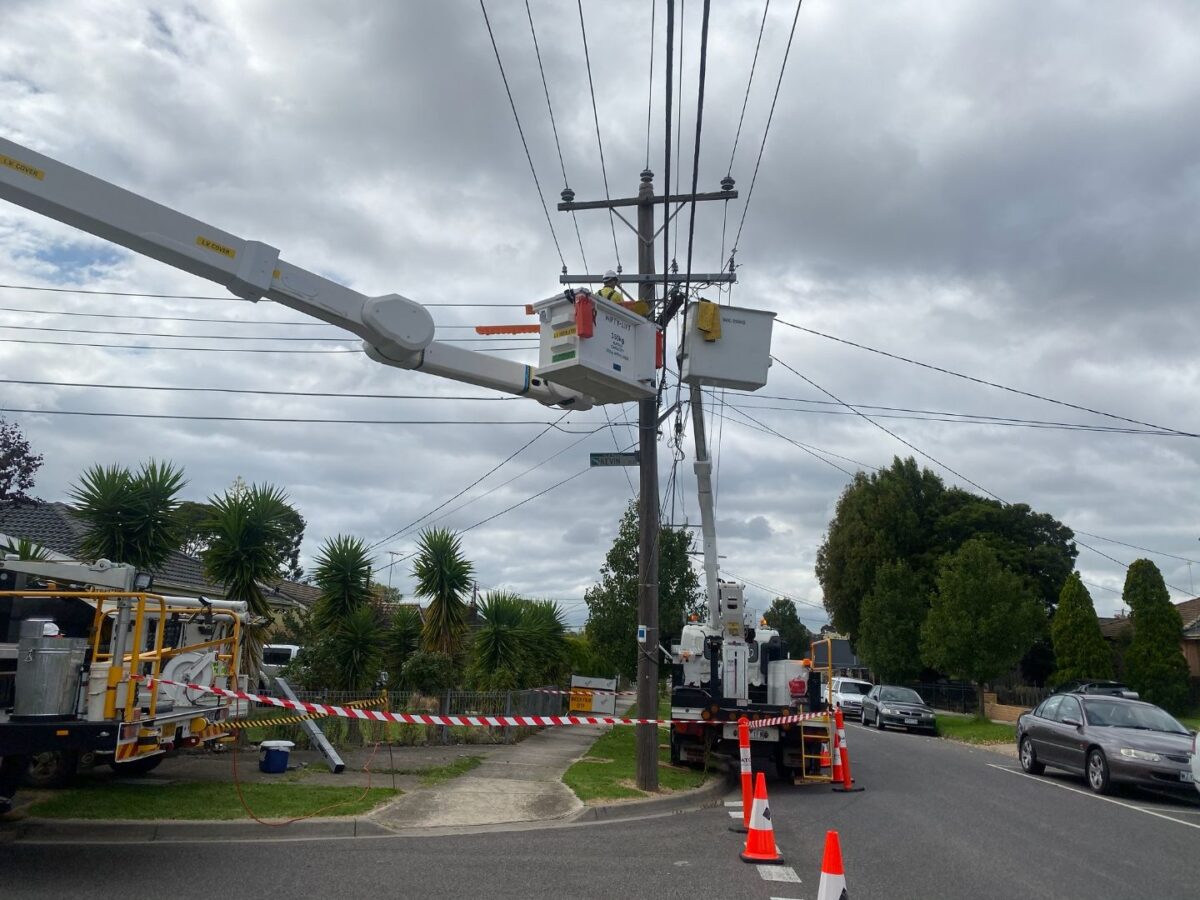

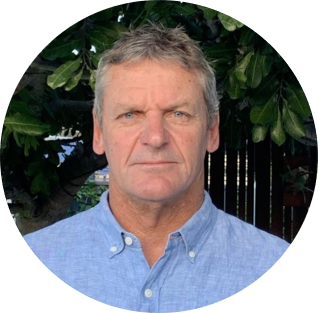

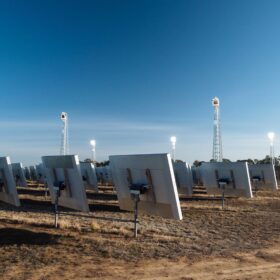

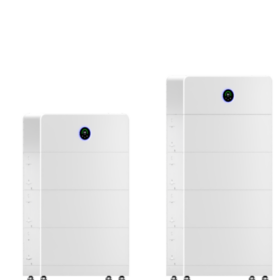
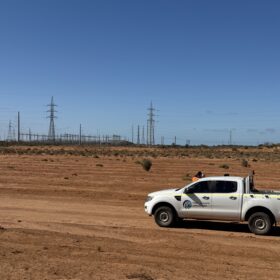
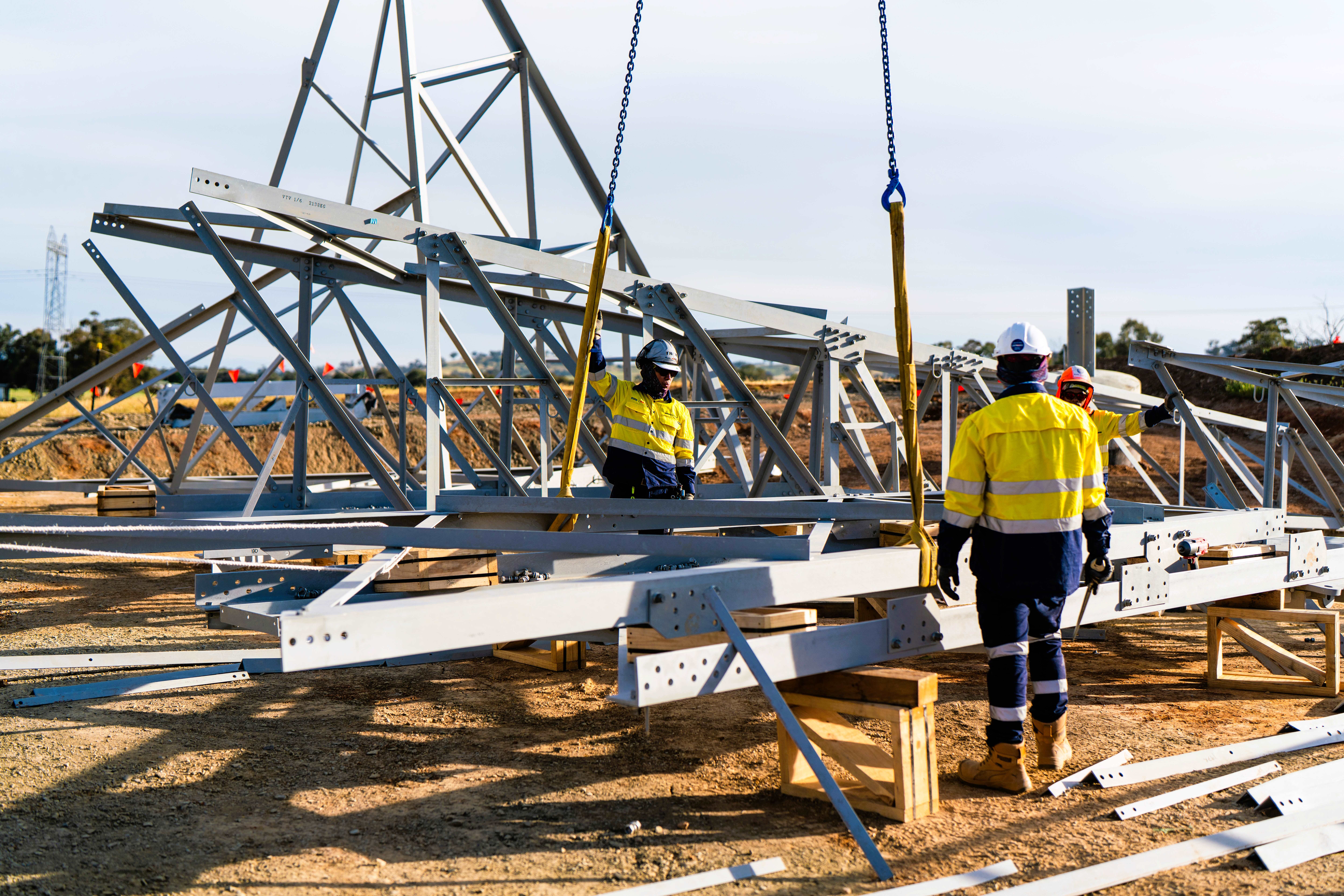
By submitting this form you agree to pv magazine using your data for the purposes of publishing your comment.
Your personal data will only be disclosed or otherwise transmitted to third parties for the purposes of spam filtering or if this is necessary for technical maintenance of the website. Any other transfer to third parties will not take place unless this is justified on the basis of applicable data protection regulations or if pv magazine is legally obliged to do so.
You may revoke this consent at any time with effect for the future, in which case your personal data will be deleted immediately. Otherwise, your data will be deleted if pv magazine has processed your request or the purpose of data storage is fulfilled.
Further information on data privacy can be found in our Data Protection Policy.